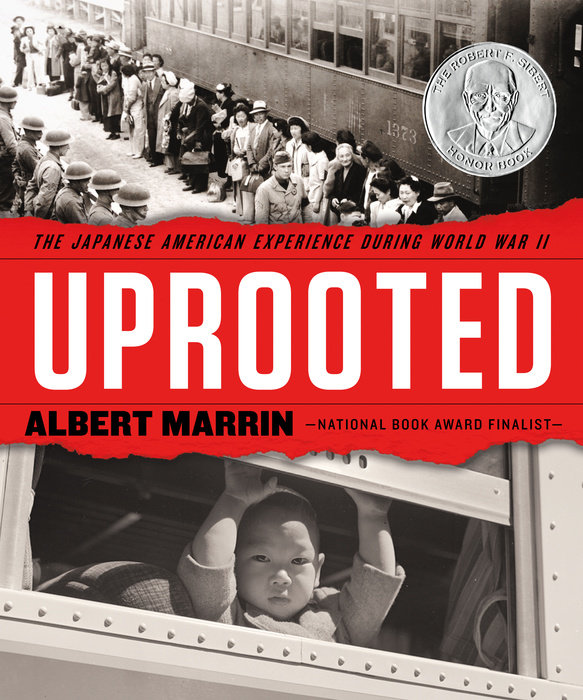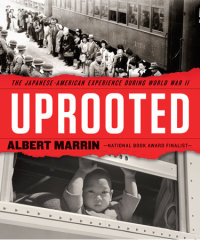Prologue
DAY OF INFAMY
Yesterday, December 7, 1941—a date which will live in infamy— the United States of America was suddenly and deliberately attacked by naval and air forces of the Empire of Japan.
—President Franklin D. Roosevelt (December 8, 1941)
On this bright Sunday morning, deck crews scurried about, hurrying to make final preparations. A huge flag bearing the red rays of the Rising Sun fluttered from the tall radio mast of each ship. These ships had graceful, poetic names: Misty Island, Shimmering Mist, Haze, Daybreak Cloud, and Wind on the Beach. Such names, however, belied the terrific firepower of the thirteen battleships, cruisers, and destroyers of the task force. At its heart were the six aircraft carriers they protected. The flagship, the 36,500‑ton carrier Red Castle, steamed ahead, followed by the Flying Dragon, Green Dragon, Increased Joy, Crane Flying in Heaven, and Lucky Crane. Their objective was a shallow harbor on the western coast of Oahu in the Hawaiian Islands, the U.S. Navy’s chief Pacific Ocean base. Native people called…
Prologue
DAY OF INFAMY
Yesterday, December 7, 1941—a date which will live in infamy— the United States of America was suddenly and deliberately attacked by naval and air forces of the Empire of Japan.
—President Franklin D. Roosevelt (December 8, 1941)
On this bright Sunday morning, deck crews scurried about, hurrying to make final preparations. A huge flag bearing the red rays of the Rising Sun fluttered from the tall radio mast of each ship. These ships had graceful, poetic names: Misty Island, Shimmering Mist, Haze, Daybreak Cloud, and Wind on the Beach. Such names, however, belied the terrific firepower of the thirteen battleships, cruisers, and destroyers of the task force. At its heart were the six aircraft carriers they protected. The flagship, the 36,500‑ton carrier Red Castle, steamed ahead, followed by the Flying Dragon, Green Dragon, Increased Joy, Crane Flying in Heaven, and Lucky Crane. Their objective was a shallow harbor on the western coast of Oahu in the Hawaiian Islands, the U.S. Navy’s chief Pacific Ocean base. Native people called it Wai Momi (Pearl Waters) for the pearl-bearing oysters that once were plentiful there—Pearl Harbor.
The coming attack was part of a grand scheme to make Japan the ruler of Asia. To that end, the country’s forces had invaded China four years earlier, in 1937. However, to succeed, Japan’s military rulers decided they had to destroy the American fleet at Pearl Harbor. They knew their action would ignite global war—a Second World War— for the armies of German tyrant Adolf Hitler were already rampaging across Europe. What they could not know was that the conflict would be the greatest war of all time, claiming the lives of over seventy million, mostly civilians. This number, however, is far from the war’s total cost, which can never be known. Because for each person killed, we must add countless others wounded and crippled, widowed and orphaned.
At 6:00 a.m., the carriers turned into the wind to launch their planes from a position 270 miles north of Pearl Harbor. At a signal from the Red Castle, pilots raced their motors. As the planes sped forward, deckhands shouted “Banzai!,” meaning “Long life!,” “Hurrah!,” and “Forward!” Hours earlier, on the other side of the globe, in Washington, D.C., Operation Magic, a top-secret program for decoding Japanese radio signals, had told President Franklin D. Roosevelt that an attack was coming, but not where. So the War Department sent an alert to bases throughout the Pacific. Yet communication foul-ups prevented the message from reaching Pearl Harbor until after the attack.
It was a normal peacetime Sunday morning at Pearl Harbor. The navy ships were at anchor and tied up at their docks. No bugle calls woke their crews. Sunday was a day of rest, and captains ordered “late hammocks,” so the sailors could get up whenever they liked. That was good, since many nursed hangovers from Saturday night in Honolulu’s saloons, dance halls, and “social clubs.”
At 7:55 a.m., early risers heard the drone of motors overhead. Moments later, 360 Japanese raiders—fighters, dive-bombers, torpedo planes—swooped down, each heading for its assigned target. Meeting little organized resistance, within a half hour they sank, ran aground, or severely damaged 18 warships. Three battleships became total wrecks, and 177 planes that had been parked on airfield runways were blown to bits, with a loss of only 29 Japanese planes and pilots. The enemy killed 2,403 Americans and injured 1,178 others. The next day, President Roosevelt asked Congress to declare war on Japan.
Americans often idealize the “good war.” It surely was a just war, and, in that sense, good. The United States did not fire the first shots; it fought in self‑defense, but also to rid the world of Asian and European tyrannies. Americans fought, said President Roosevelt, for every person’s right to enjoy the Four Freedoms: freedom of speech, freedom of religion, freedom from want, and freedom from fear.
But as Civil War general William Tecumseh Sherman famously said: “War is all hell.” A man I knew, a former infantryman, recently joined his long‑gone friends from the Pacific campaigns. “We were always at the spear‑point,” he would say, always risking their lives at the front. Glib talk of the “good war” infuriated him. Those who experienced it at the sharp end often called it the “dirty war,” a crusher of minds and bodies. “Combat is torture,” wrote one who knew, “and it will reduce you, sooner or later, to a quivering wreck.”
The war brought out the worst in people who in peacetime would never have dreamed of harming another live being. Marine corporal Eugene B. Sledge—“Sledgehammer” to his friends—described how combat in the Pacific changed him from a gentle eighteen‑year‑old who loved birds into a killer. “To me the war was insanity,” Sledge recalled bitterly. “We had all become hardened. We were out there, human beings, the most highly developed form of life on earth, fighting each other like animals.” It was a living nightmare. “The war I knew was totally savage,” Sledge continued. “It was savage. We were savages.” Some Japanese soldiers used the same words to describe what the war made of them. Nobody had a monopoly on virtue, and each side committed atrocities. Whether they did so to the same degree is still a matter of debate.



